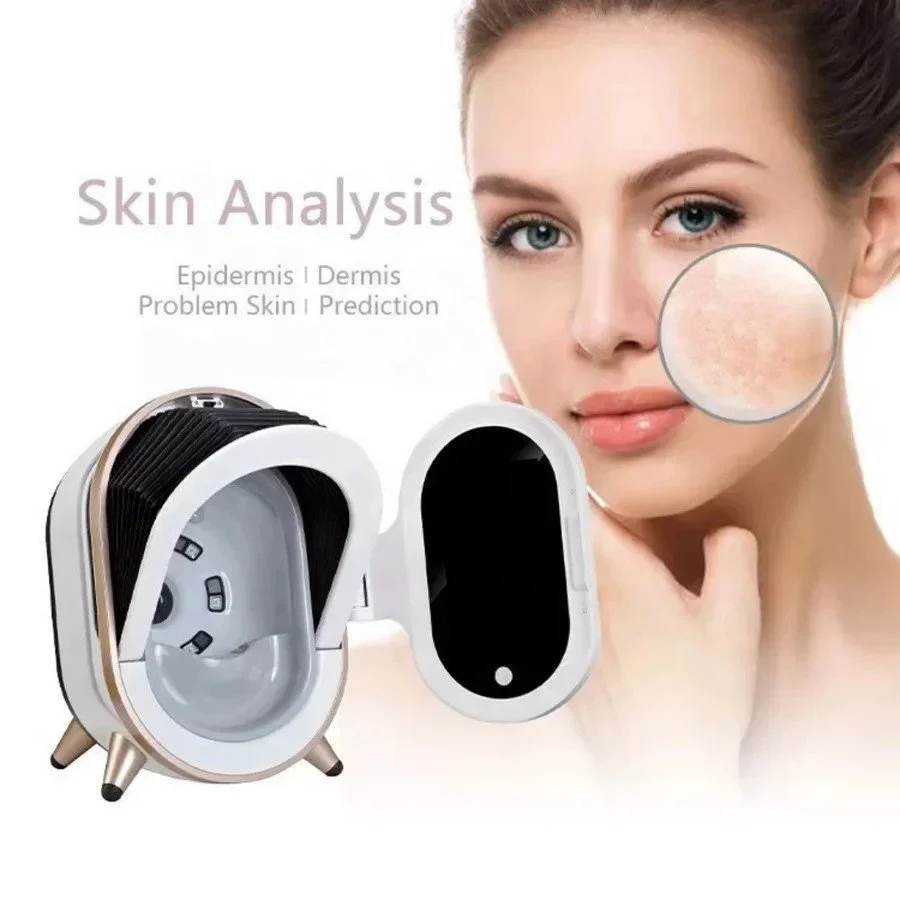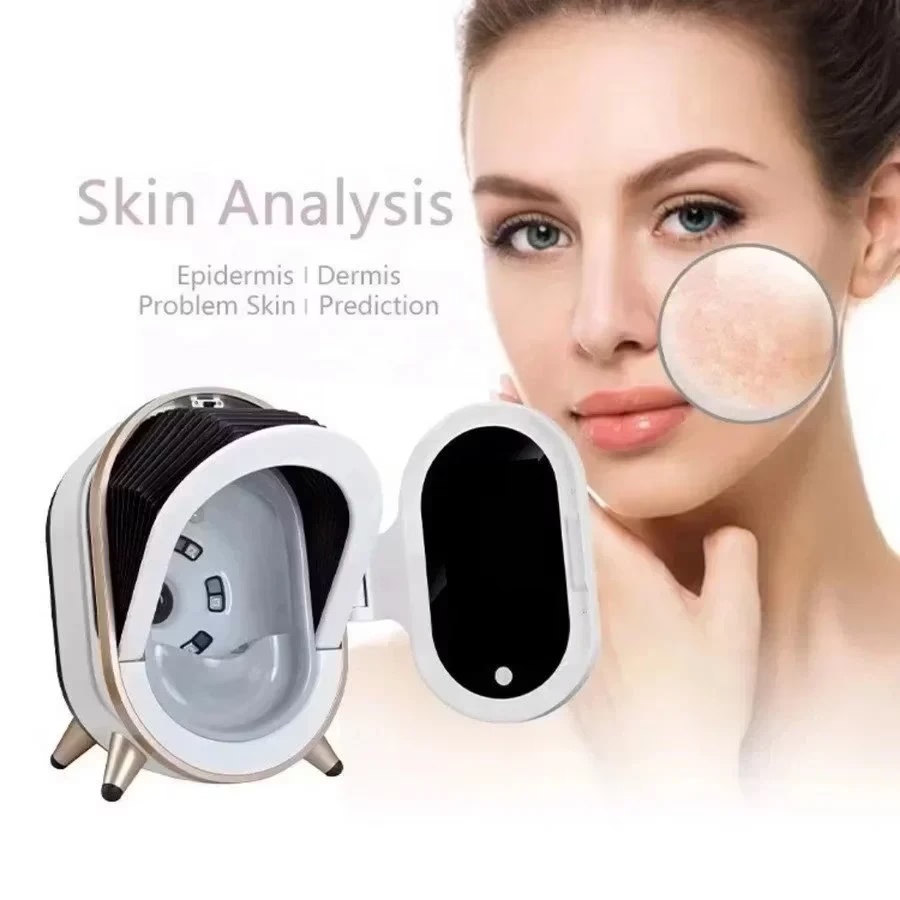
Introduction to Skin Analysis
Have you ever wondered why your skin reacts a certain way or why some treatments work better for others? Skin analysis is the key. It’s a fundamental practice in dermatology, serving as the starting point for diagnosing conditions, crafting treatment plans, and monitoring skin health over time.
The Fundamentals of Skin Analysis
Skin analysis delves deep into understanding your unique skin type and condition. It’s not just about identifying whether your skin is oily or dry; it’s about comprehending its texture, elasticity, and any underlying issues that might not be visible to the naked eye.
Role in Diagnosing Skin Conditions
Early detection is crucial for skin health. Through thorough skin analysis, dermatologists can spot signs of acne, rosacea, eczema, and even skin cancers before they become more severe. This proactive approach often leads to more effective treatments and better outcomes.
Informing Treatment Decisions
One size doesn’t fit all in skincare. Skin analysis allows professionals to tailor treatments specifically for you. Whether recommending the right moisturiser or deciding on a cosmetic procedure, understanding your skin’s nuances makes all the difference.
Monitoring Skin Health Over Time
Your skin isn’t static; it changes with age, environment, and lifestyle. Regular skin analysis helps track these changes, ensuring that your skincare routine evolves as your skin does.
Skin Analysis in Cosmetic Procedures
Are you thinking about a cosmetic treatment? A detailed skin analysis is a must. It helps determine the most suitable procedures to achieve the best results, whether reducing fine lines, evening out pigmentation, or enhancing skin elasticity.
Key Skin Characteristics Assessed
During a skin analysis, professionals assess several characteristics:
- Elasticity: How firm is your skin?
- Pigmentation: Are there any uneven tones or dark spots?
- Sebum Production: Is your skin too oily or too dry?
- Hydration Levels: Does your skin retain moisture?
- Fine Lines and Wrinkles: Early signs of ageing.
Advanced Skin Analysis Technologies
Technology has revolutionised skin analysis. Advanced devices now provide detailed and accurate assessments, leading to more personalised and effective treatments.
Types of Skin Analysis Equipment
Magnifying Lamps
Magnifying lamps are a staple in dermatology. They allow professionals to see skin details not visible to the naked eye, and they’re excellent for spotting acne, blackheads, and dry patches.
Skin Analysers
These high-tech devices use advanced imaging and AI algorithms to detect various skin issues. They can assess uneven skin tones, acne, and overall skin health.
FYAB Skin Analysis System
The FYAB skin analysis system takes skin analysis to another level by capturing multi-spectral photos. It measures everything from pore size and pigmentation to UV spots and photodamage caused by sun exposure.
How Skin Analysis Devices Work
Most devices illuminate the skin using different light types to reveal underlying conditions. UV light highlights pigmentation changes, while polarised light shows surface textures and wrinkles. The images captured are then analysed using AI to provide a comprehensive skin report.
Choosing the Right Equipment
Selecting the appropriate skin analysis tool depends on your specific needs. For acne-prone skin, a magnifying lamp might suffice. Advanced devices like skin analysers or the FYAB Skin Analyser are more suitable for more detailed ageing or sun damage assessments.

Benefits of Accurate Skin Analysis
Accurate skin analysis leads to personalised treatment plans, which means better results. It ensures that the products and procedures recommended are exactly what your skin needs.
Skin Analysis for Future Skincare
As dermatology advances, skin analysis will play an even more significant role. It’s becoming more precise, allowing for tailor-made treatments for individual skin profiles.
Consulting Skincare Professionals
While technology is fantastic, nothing replaces professional expertise. Always consult a skin care professional to interpret skin analysis results accurately and develop an effective treatment plan.
Conclusion
Skin analysis isn’t just a step in a skincare routine; it’s the cornerstone of achieving healthy, radiant skin. By understanding your skin’s unique needs, you set the stage for treatments that work, products that benefit, and a skincare journey that’s your own.
FAQs
- Why is skin analysis critical before a cosmetic procedure? It helps determine the most suitable treatment, ensuring the best results and minimising risks.
- How often should I get a skin analysis? Ideally, every few months or when you notice significant changes in your skin.
- Can skin analysis detect skin cancer? While it can identify abnormalities, only a medical professional can diagnose skin cancer.
- Is advanced skin analysis technology better than traditional methods? Advanced technology provides more detailed information, but both have their place in a comprehensive assessment.
- Do I need professional skin analysis if I have a simple skincare routine? Yes, understanding your skin can enhance even the most straightforward routines, making them more effective.

